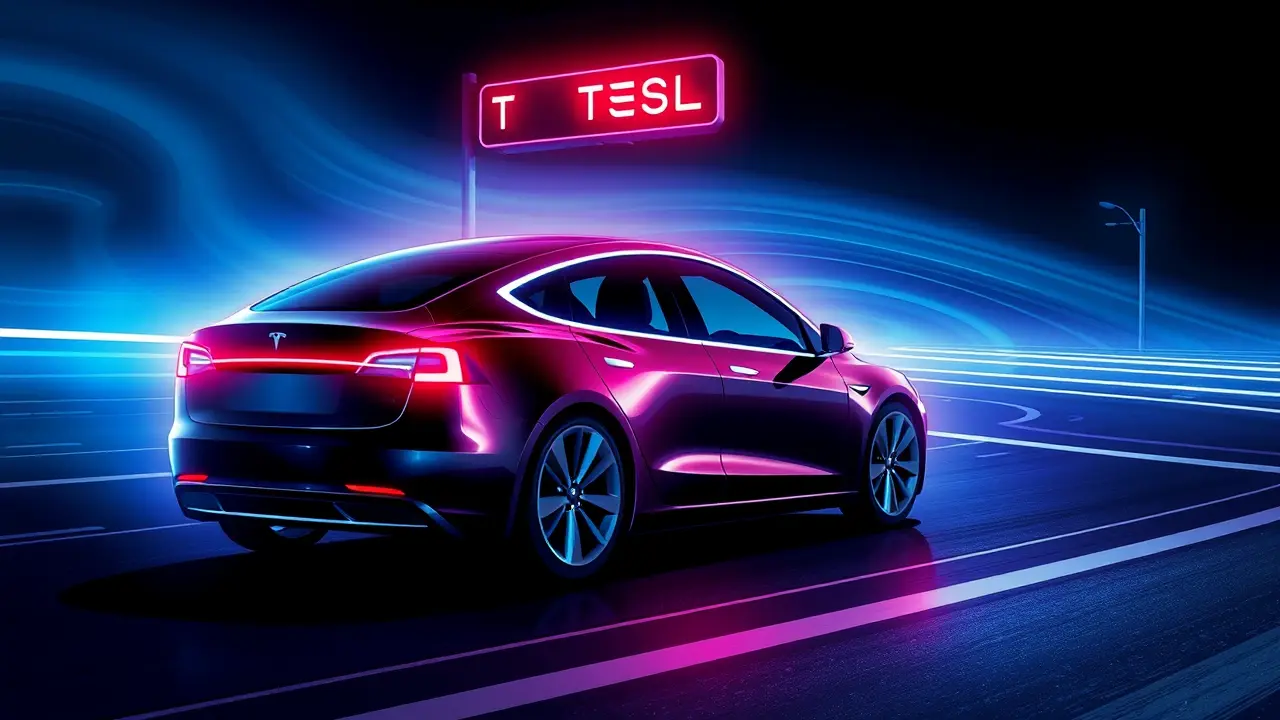U.S. Investigates Tesla's Full Self-Driving for Safety Violations.
The unfolding investigation by the National Highway Traffic Safety Administration (NHTSA) into Tesla’s Full Self-Driving (FSD) system, prompted by more than 50 documented incidents of the software running red lights, crossing yellow lines, and executing illegal turns, represents a critical inflection point not just for the electric vehicle pioneer but for the entire trajectory of autonomous technology. This isn't merely a regulatory hurdle; it's a real-world stress test of the fundamental ethical and safety frameworks that must underpin our robotic future, a scenario straight out of the pages of Isaac Asimov, whose Three Laws of Robotics were conceived precisely to prevent such machine-led miscalculations.While Tesla CEO Elon Musk has long evangelized a vision of a driverless utopia, the NHTSA's findings suggest a more dystopian present, where beta software operating on public roads grapples with the chaotic, unpredictable nature of human infrastructure. The core of the issue lies in the divergence between Tesla's 'vision-only' approach, which relies entirely on camera data and neural net processing, and the more cautious, multi-sensor methodologies employed by competitors like Waymo and Cruise, which incorporate LiDAR and radar for redundant safety.Proponents of Tesla's aggressive, data-harvesting strategy argue that this real-world fleet learning is the only path to achieving true generalized autonomy, a necessary baptism by fire that will ultimately yield a system far more robust than any developed in the sterile confines of a geofenced test area. They point to the millions of miles driven with FSD active as a dataset of unparalleled value, contending that each near-miss or violation is a learning opportunity that makes the entire network smarter.However, critics, including numerous AI ethicists and veteran automotive safety engineers, counter that this effectively uses public roadways as an unregulated laboratory, treating other drivers, cyclists, and pedestrians as unwitting test subjects in a high-stakes experiment. The very nomenclature 'Full Self-Driving' itself faces scrutiny for potentially lulling users into a false sense of security, a problem of over-trust that human factors psychologists have warned about for decades.The NHTSA's probe will likely delve deep into the system's failure modes: why does it occasionally misinterpret a steady red light, or fail to correctly adjudicate the complex right-of-way rules at an unprotected left turn? Is it a limitation of the training data, a flaw in the object permanence algorithms, or an inability to handle 'edge cases' like occluded signage or unusual weather conditions? The regulatory consequences are profound. A forced recall or significant software redesign could set Tesla's timeline back by years and cost billions, while a more lenient outcome might embolden other manufacturers to deploy similarly ambitious systems.Beyond the immediate corporate implications, this investigation will shape the future regulatory landscape for the entire industry, potentially leading to new federal standards for autonomous vehicle validation, mandatory reporting of disengagement events, and stricter definitions of operational design domains. It forces a societal conversation we have been reluctant to have: what level of risk are we willing to accept in exchange for technological progress? Do we prioritize rapid innovation, or a precautionary principle that demands near-perfect safety before widespread deployment? The answer will determine not only the fate of Tesla's FSD but the very character of our automated future, balancing the promise of reduced accidents and increased mobility against the peril of ceding critical life-and-death decisions to algorithms that are still learning the rules of the road.
It’s quiet here...Start the conversation by leaving the first comment.
© 2025 Outpoll Service LTD. All rights reserved.
